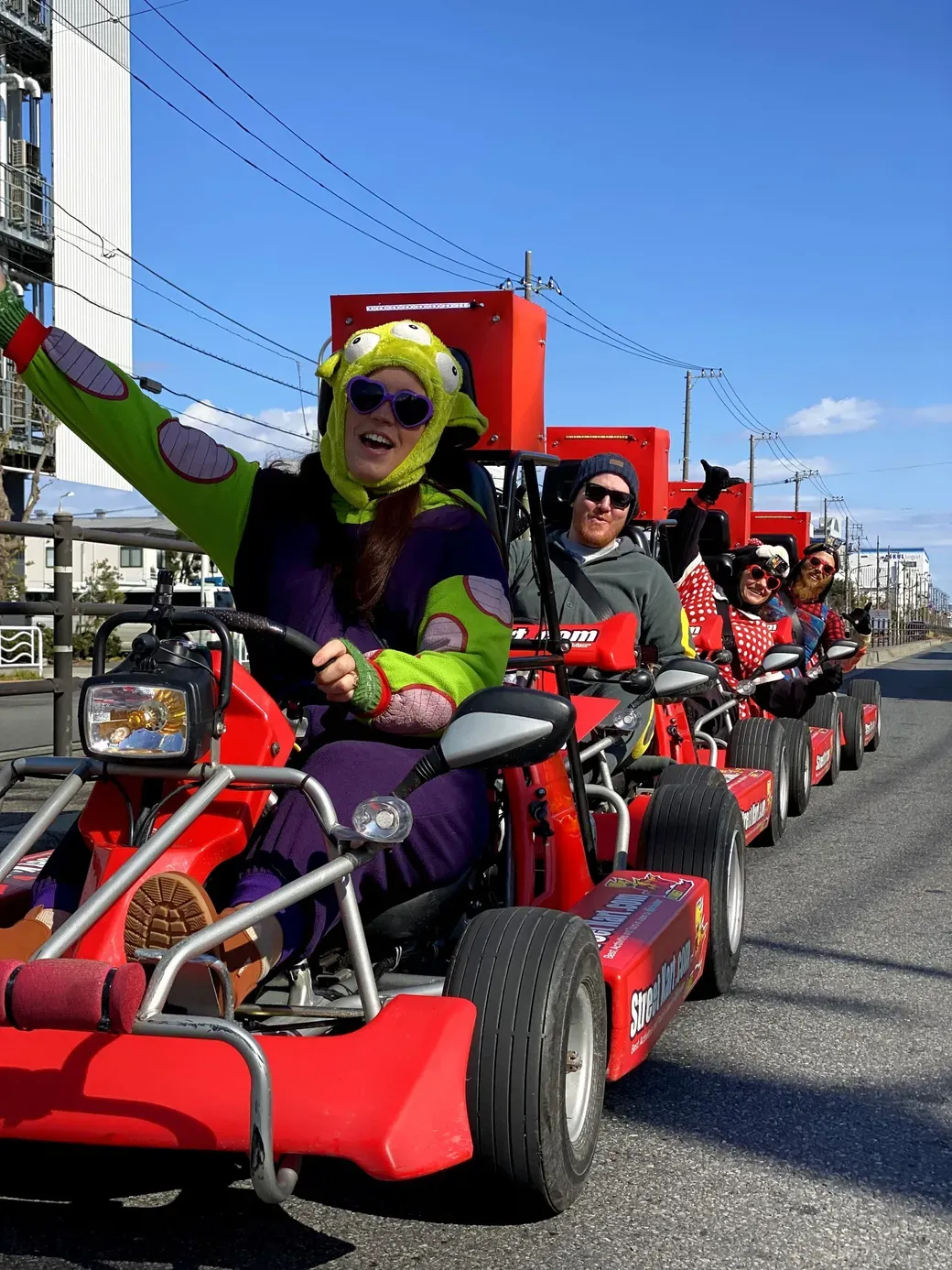Experiencing Hinamatsuri: Japan’s Beautiful Doll Festival Across the Country
March 3rd marks Hinamatsuri, also known as the Peach Festival or Girls’ Day. This traditional Japanese celebration wishing for the healthy growth of young girls takes on unique forms across different regions of Japan. Throughout the country, distinctive festivals and events showcase beautiful hina doll displays and region-specific customs that offer visitors unforgettable cultural experiences.
Notable Hinamatsuri Destinations by Region
Kanto Region Celebrations
Konosu City in Saitama Prefecture is famous for Japan’s tallest pyramid-shaped hina doll display. The venue fills with colorful dolls arranged in spectacular tiers, drawing crowds of tourists annually. In Katsuura City, Chiba Prefecture, the “Katsuura Big Hina Matsuri” features approximately 30,000 hina dolls displayed throughout the entire town.
In central Tokyo, department stores and museums host exhibitions of valuable hina dolls, allowing visitors to appreciate traditional displays dating back to the Edo period. The Nihonbashi and Ginza areas particularly stand out, with prestigious department stores competing to present lavish doll exhibitions where visitors can closely examine intricate works showcasing master craftsmanship.
Tokyo Skytree Town and Asakusa offer Hinamatsuri events in atmospheres rich with downtown charm, presenting displays that blend tradition with modernity. Combined with walks along the Sumida River, visitors can experience Hinamatsuri culture while feeling the arrival of spring.
Chubu and Tokai Region Traditions
The “Hida Takayama Hina Matsuri” in Takayama City, Gifu Prefecture, features Edo-period hina dolls displayed in traditional merchant houses and sake breweries along the historic streets. The combination of historic buildings and antique dolls creates an atmosphere that feels like stepping back in time.
In Izu, Shizuoka Prefecture, Kawazu Town and Inatori Onsen are famous for “tsurushi-kazari” (hanging decorations). These colorful ornaments suspended from ceilings represent a unique traditional craft passed down through generations in this region. Each handcrafted piece carries wishes for children’s health and happiness, warming the hearts of all who visit.
In Nagoya, Aichi Prefecture, the Tokugawa Art Museum hosts hina doll exhibitions featuring prestigious dolls from the Owari Tokugawa family. These displays representing the pinnacle of samurai culture are essential viewing for history enthusiasts.
Kansai and Kyushu Festival Culture
Kyoto is famous for the “Nagashi-bina” ceremony at Shimogamo Shrine. This ancient ritual involves floating paper hina dolls down the river to purify and pray for good health and protection from misfortune.
Yanagawa City in Fukuoka Prefecture hosts the “Sagemon Meguri,” where shopping streets and private homes display colorful “sagemon” decorations. These region-specific hanging ornaments embody warm wishes for girls’ happiness.
Throughout Osaka City, hina doll exhibitions take place in historic buildings and commercial facilities, allowing urban residents to experience traditional culture up close. The Dotonbori and Namba areas particularly shine as hina decorations add color to the bustling streets, creating an atmosphere perfect for combining tourism with cultural appreciation.
Distinctive Regional Customs
Each region has developed unique Hinamatsuri traditions. Yamagata Prefecture features characteristically large zashiki-bina (room-filling displays), with luxurious decorations occupying entire traditional Japanese rooms. Niigata Prefecture follows the custom of arranging ichimatsu dolls in front of tiered displays, creating distinctive arrangements that catch the eye.
In Katsuura Town, Tokushima Prefecture, families carefully preserve hina dolls dating from the Edo period, displaying them publicly during the festival season. This offers rare opportunities to view historically valuable dolls up close.
Okinawa Prefecture showcases unique Hinamatsuri observances influenced by Ryukyuan culture. Sometimes celebrated according to the traditional lunar calendar rather than the modern calendar, these regional variations demonstrate the diversity of Japanese cultural forms. Understanding these regional differences deepens appreciation for the richness of Japanese culture.
Combining Hinamatsuri with Street Kart Adventures
When visiting tourist destinations during Hinamatsuri season, exploring by street kart makes an excellent addition to your experience. In major tourist cities like Tokyo, Osaka, Kyoto, and Okinawa, go-kart experiences on public roads have gained tremendous popularity.
Cruising around Hinamatsuri event venues in a kart while enjoying the spring weather allows you to discover the city’s charm from a completely different perspective. You can wear your favorite costume and take commemorative photos, making your Hinamatsuri memories even more special.
In Tokyo, routes near Asakusa and Tokyo Tower; in Osaka, the Dotonbori and Osaka Castle areas; in Kyoto, routes toward Gion and Kiyomizu Temple all offer excellent access to Hinamatsuri event venues. Viewing cherry blossom trees and historic buildings from the low vantage point of a kart provides fresh experiences impossible to achieve through conventional tourism.
For details about driver’s license requirements and other information, please check the official website.
Tips for Enjoying Hinamatsuri
Hinamatsuri events across Japan typically run from late February through early March, with many limited-time special exhibitions. We recommend checking event schedules and exhibition details before visiting.
Many venues also sell regional specialties and Hinamatsuri-exclusive sweets. Modern interpretations of traditional treats like hina-arare (rice crackers) and hishi-mochi (diamond-shaped rice cakes) offer visually stunning options. You can enjoy Hinamatsuri culture with all five senses while sampling local flavors.
Many venues permit photography, so bring your camera or smartphone to capture memories. Numerous displays are highly photogenic for social media, making them perfect for travel records. Whether visiting with family, friends, or traveling solo, these events offer precious opportunities to experience traditional Japanese culture.
The Hinamatsuri traditions preserved throughout Japan represent valuable cultural heritage reflecting each region’s history and culture. This year, why not visit distinctive Hinamatsuri events in your local area or travel destinations during the festival season?

